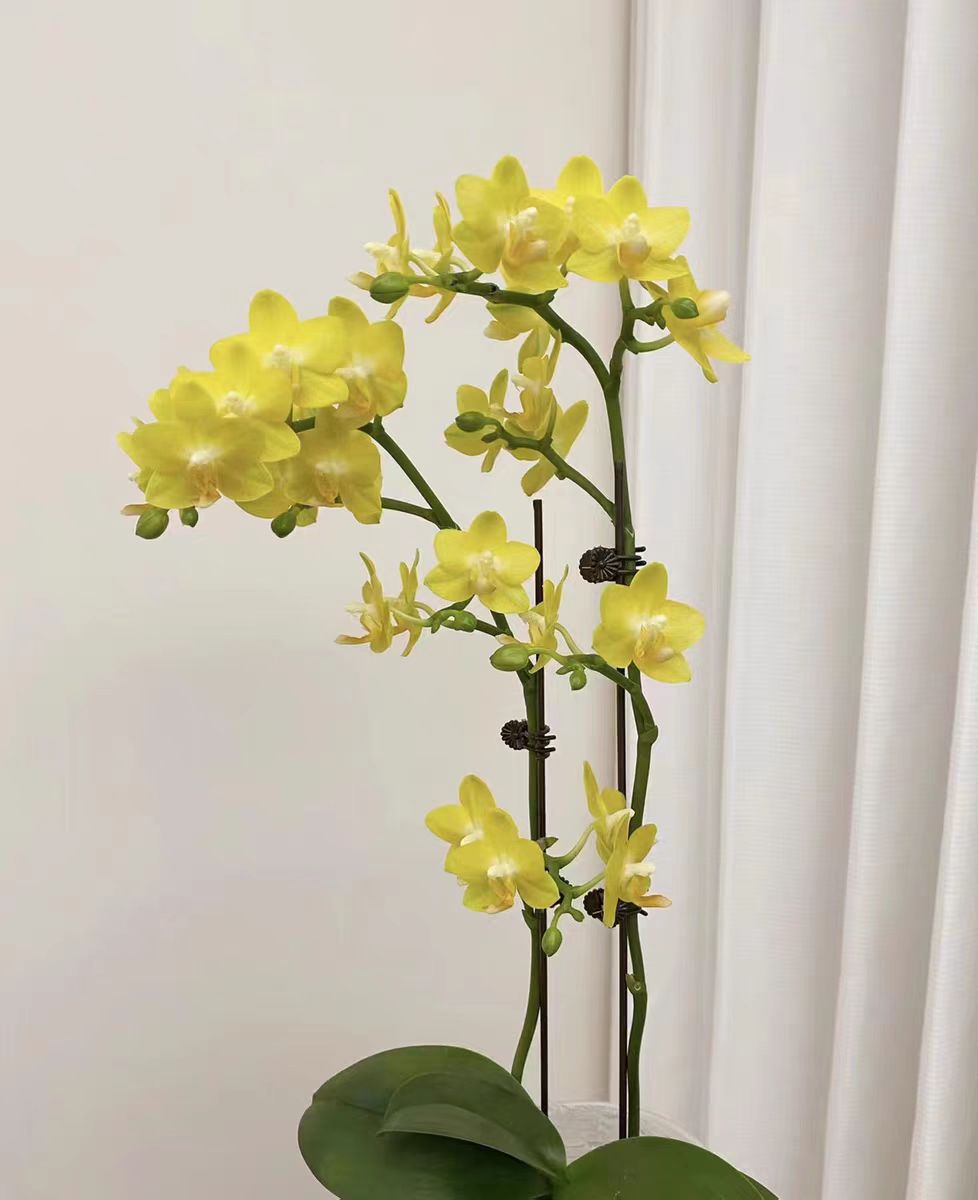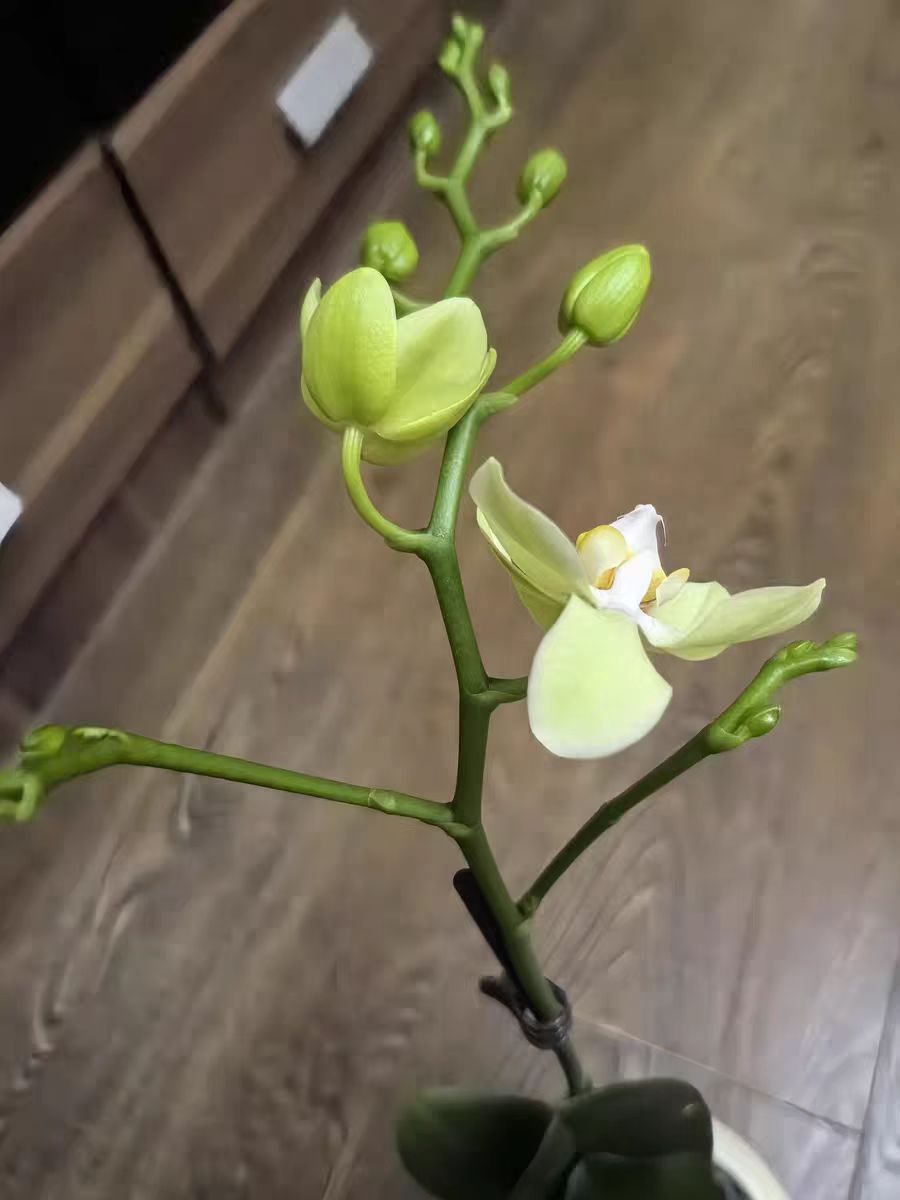Friends who enjoy growing flowers and plants surely hope that their plants will look more and more beautiful and bloom exuberantly. However, sometimes well - intentioned care can turn into a harmful practice. This is especially true for the delicate Phalaenopsis. It originally grows in tropical rainforests, and both its leaves and roots are relatively sensitive. Using urea - based fertilizer when fertilizing can be a big mistake in this case.
As we all know, urea fertilizer is rich in nitrogen, which can promote plant growth and is one of the commonly - used fertilizers by flower growers. However, urea is a double - edged sword for Phalaenopsis. Although it can promote its growth, over - use can cause damage to the leaves and roots of Phalaenopsis, just like poisoning the plant.
Generally speaking, the use of urea may harm the roots of Phalaenopsis, cause the leaves to turn yellow and wither, and impede its growth. The reason is that urea decomposes into ammonia gas in the soil. If the concentration of ammonia gas is not well - controlled, it will penetrate the roots of the plant, and then corrosion will occur, causing the roots to rot and turn black directly. If it is over - used, the leaves will lose the balance of absorbing water and nutrients, and the leaves will become yellow and dull. In severe cases, the plant's growth will be directly stalled, and then the Phalaenopsis will die.
So, how can we avoid urea from becoming a poison for Phalaenopsis in daily care? First of all, we should pay attention to controlling the dosage. When using urea fertilizer, we must read the instructions carefully to avoid over - use. Generally speaking, adjust the fertilization amount according to the growth condition of Phalaenopsis and the air permeability of the soil. Secondly, it should be diluted. To reduce the harm to Phalaenopsis, it is best to mix it with water in a ratio of 1:3 for irrigation. Finally, in terms of maintenance, it can be appropriately used during the growth period of Phalaenopsis, while in the cold winter, when the plant enters the dormant period, the fertilization frequency should be reduced or even stopped.
What are the Harms of Nitrogen Fertilizer for Phalaenopsis?

Share with
Tagged in :




Leave a Reply